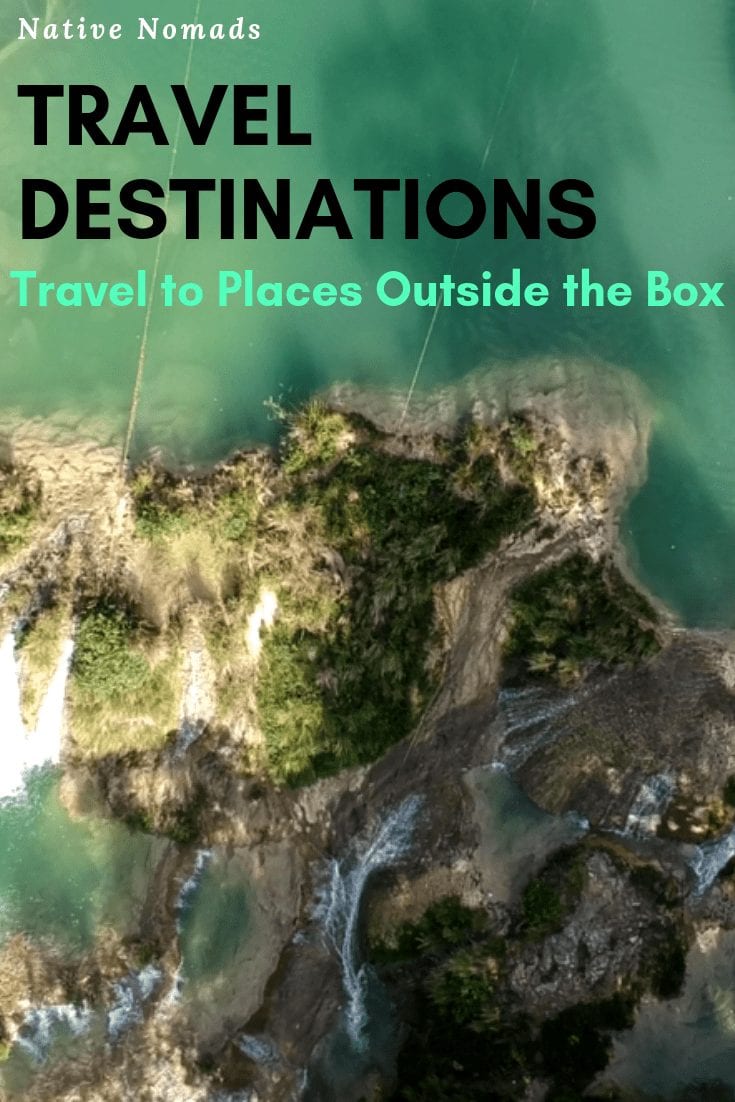Shhhhhhhh is the term you hear when you talk about secret locations around the world. Most of the time, the reason is that these destinations are special to that person and they fear once the secret is out that it will be ruined by masses of tourists that will bring trash, loud music, etc. This post is not a list of destinations or top 10 secret spots that you have never heard of. This post is more of a guide for people that want some peace and quiet and off-the-beaten-path adventure while traveling.
Our Travel Goals
One of our goals is to maintain the purity of the locations we visit (if you support local you encourage local businesses to thrive). Our main goal is to continue to tell the stories of Native people that call the area home and continue the traditions of their ancestors. Another part of the goal is to preserve the local environment so the native species that call that area their home continue to live in harmony.
It is important for Native Nomads to tell the stories of people around the world in an authentic way. We love people and want to meet real people that are doing good things for their local culture or environment and are not forced to put on a show of their culture for tourists. This not only expands our minds but hopefully expands the minds of our readers that think Mexico is only safe in the resort areas and expect something bad to happen the moment they step away and start to explore.
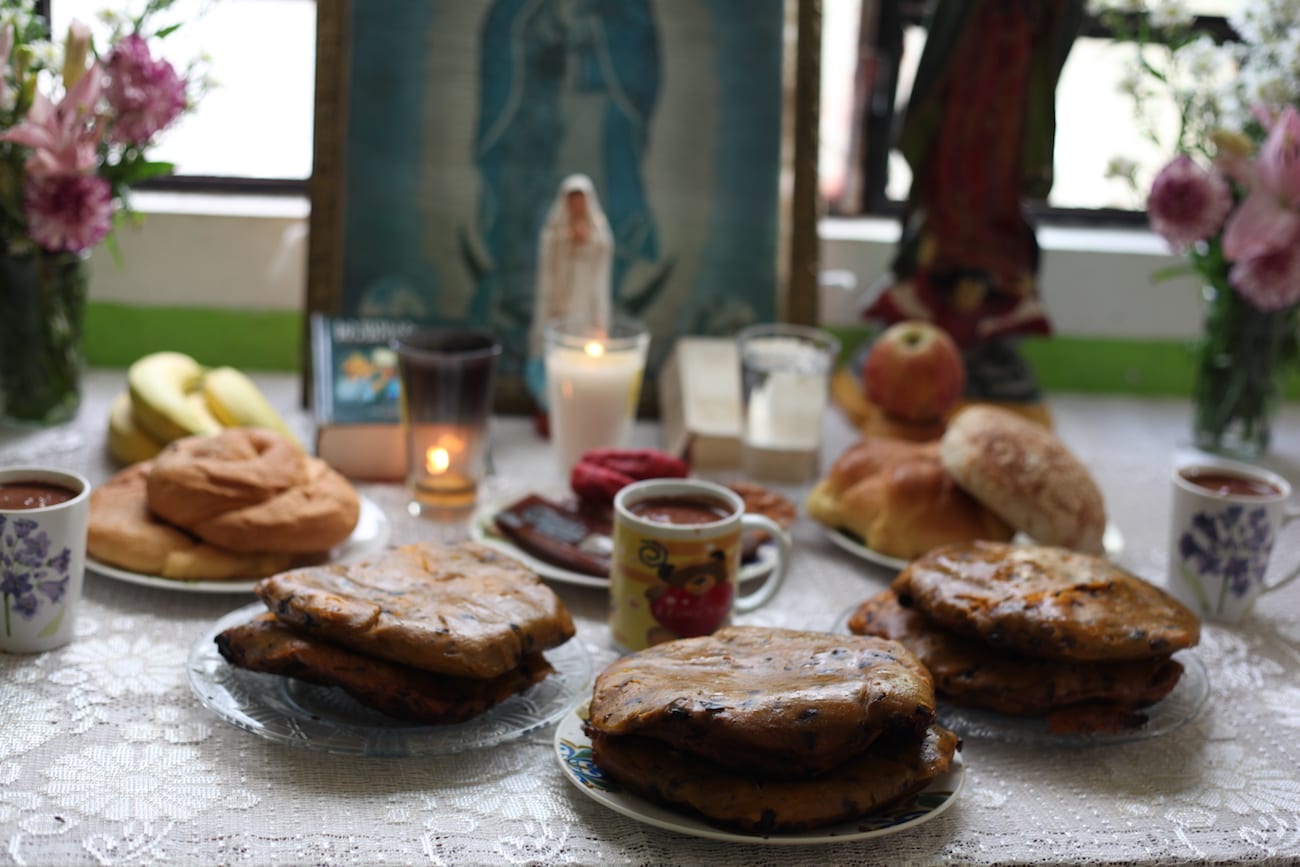
So how do we find the locations that no one writes about? The truth is it takes some work and patience. We have to get to know the locals well and when it is appropriate we ask where to go. We have found this is the best way to find the true hidden gems (not to mention the best experiences and people). Sometimes it is a favorite swimming hole, a restaurant with the best tacos or a festival celebrating pork skin in a neighborhood that you would never visit if you followed a travel guide on what to do.
On another occasion we participated in an ancient Maya pib ceremony (see photo above), cooking the pib in an underground oven they dug out the same day, and then watching as they presented the pib on an altar dedicated to their deceased loved ones, during Hanal Pixan (the Maya’s version of Day of the Dead or Dia de Los Muertos) in a small Maya village in our generous hosts’ home. It was a memory we will never forget and something we felt very honored to be a part of.
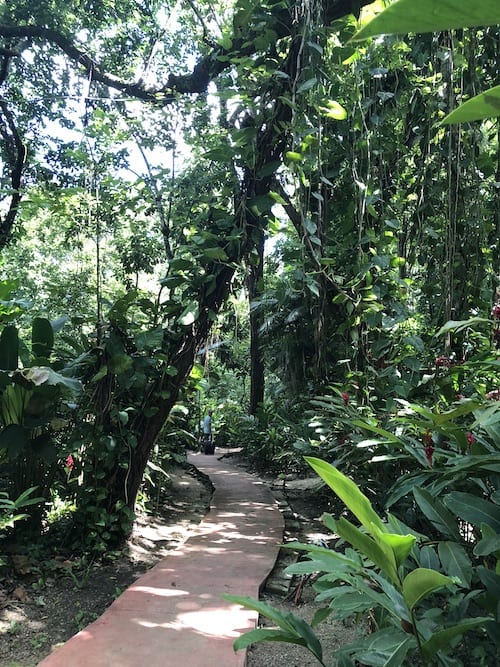
We promised we wouldn’t do a spoiler of secret spots, but if you need some help exploring check out the list below.
For a great list of obscure destinations check out this article by Peter Greenberg: Travel Outside the Box – uncommon trips
Why off-the-beaten-path, locally-sourced locations are important and why you should seek them out
The biggest tip we can give to you is to hire your local community when you travel. In many tourist destinations, people that work in that country are forced to travel long distances to get to jobs that pay local minimum wages, which are barely enough to live on when you include the distance that the workers need to travel. Most of the money you spend in tourist destinations
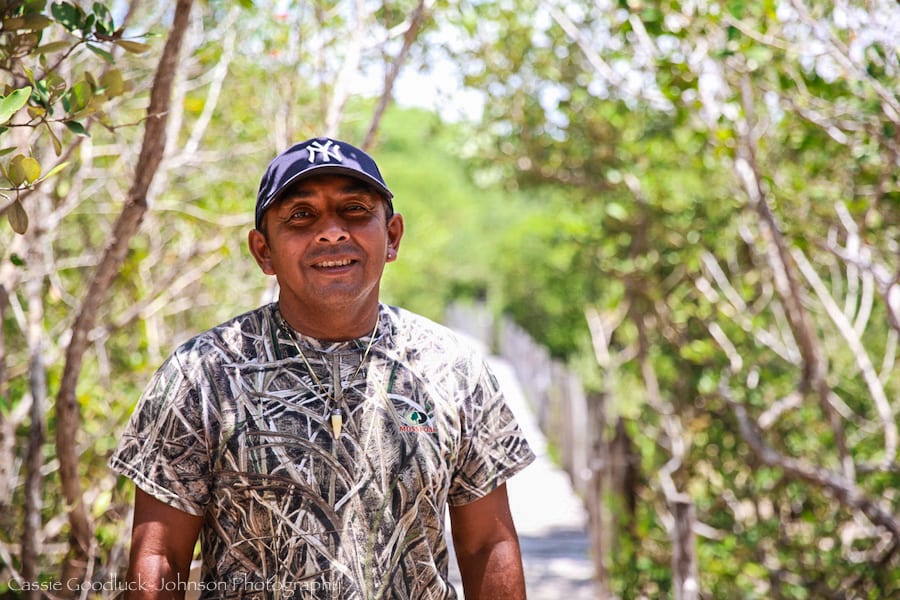
Give back to the local community
When you hire local in a local area you give directly to the community you are exploring, and the local people get to share with you the knowledge that they have cherished for generations. You will find when you participate in this form of tourism that you get more than just a generic sightseeing tour. People are excited to call on one of their friends or drop by a local healer or artisan to let you participate in extremely unique experiences.
While in the Yucatan we had the privilege to travel to Celestun, a small fishing village on the western shore of the Yucatan. This is where we found Efrain Perez Lara (pictured above) at what looked like a modest beach shack with a hand-painted sign in front that read “mangrove tours,” just off the main road. Efrain led us on an amazing canoe ride through the majestic mangrove trees, full of birds, wildlife and serenity.
Getting to know the people who live there
The most amazing part of the whole tour was Efrain himself and his lifelong dedication, love, and knowledge he shared freely with us. We learned about the mangroves trees, the ecosystem they support, his lifelong environmental work and other tiny details about the varieties of trees and wildlife that he knew. We also learned he was the fourth generation Maya fisherman in his family (shrimp fishing was his previous career) and learned what the life of a shrimp fisher was like there. Often difficult and strenuous – imagine being knee deep in mud for hours every day searching for shrimp.
His passion and love for the mangroves was the number one thing that stood out in our minds when we think back on that journey. What sticks with you are often the moments you spend getting to know the people who know the most about that area because their knowledge and wisdom is full of passion, and genuine sincerity. You feel like you are getting a real glimpse into the life of that place – void of anything artificial or Disney-resort-like (such as the private beach resort pictured below).
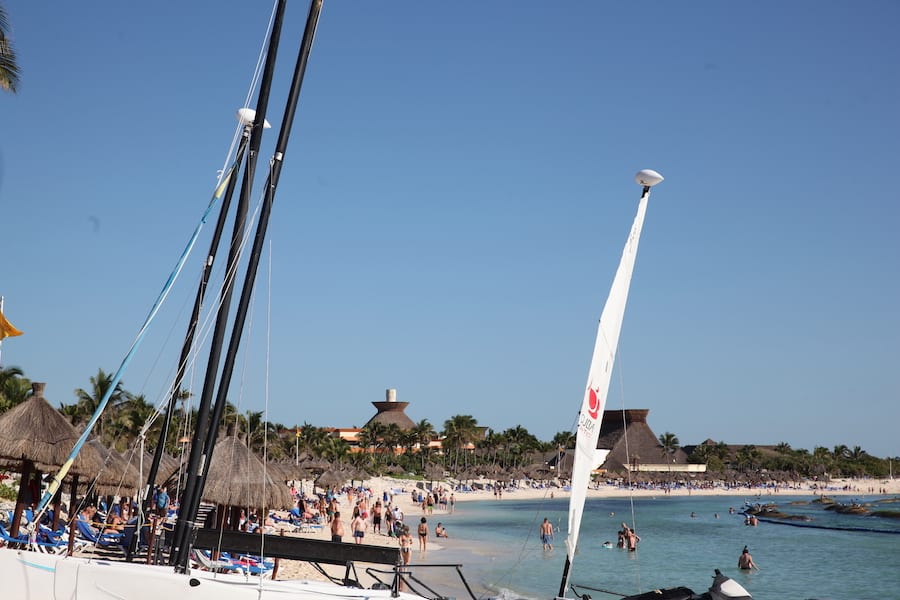
Off the List travel
Finding locations to fly to that are not main tourist destinations can be difficult, but that’s the point and strategy behind the airlines and the mainstream tourism culture. They want to get you there and they want to keep you in the tourist area for as long as possible with excursions that they lead and then once you are done you are back on the plane home with as little in your pocketbook as possible.
The other problem with this type of travel is that often it is void of the real culture of that area. Joys we have found while traveling outside of tourist destinations are: learning the language native to that area, eating delicious local food, hearing stories, glimpses into the past history, making authentic connections with locals, bumping into awesome cultural events and musical venues, and the list goes on and on. This is why we can’t stress enough the importance of trying your best to go outside of the main hubs, even just a little.
Rural Tourism
One way to do this is to search for “rural tourism” or “sustainable tourism.” Often with Google or some good old fashioned word of mouth recommendations once hit the ground floor in the area – will yield some amazing results. For example in the Yucatan, there is a free publication called Yucatan Today which has recommendations from locals and expats in the area, often about Maya people and other locals offering goods and services to tourists. These recommendations are off the mainstream tourism track and support the local population in a fair trade type of way.
You can contact a Maya shaman/healer like the local healer named “Hermano Maya” (meaning Maya brother). Or visit a Maya led eco-resort in Ek Balam called Genesis Eco Hotel that helps the Maya village’s economy without disrupting their daily way of life but rather
Another way to see the local culture is by visiting local markets (

Local Food
Now that you are away from the tourist area and you are paying a local guide or exploring local attractions on your own, the next step is to find and enjoy the local cuisine. Travel should lead to personal growth and part of that growth should be uncomfortable at times. But the amount of growth that can come from this is tenfold.
Going to IHOP in Casablanca followed by TGIF will not help you find out about the local culture. If you are worried about getting sick or interacting with bacteria that your stomach is not used to we have a set of rules that have kept us safe in the past. “Boiled, cooked or peeled” when it comes to dining in any country has kept us safe. If you are cooking on your own and want a salad, pick up some B

Guidelines for Safe Eating
For example when we shop at Lucas de Galvez
- eat probiotic-rich “live” yogurts in your smoothies daily or pick up a bottle of probiotics reading the directions on the back at your local natural food store for at least 1 week before your trip.
- avoid food that isn’t fresh and has been sitting out all day, especially on your more adventurous street food eating excursions. This could be salsa sitting out all day, for example.
- take an anti-parasite when you land. Don’t forget to pick up two boxes as you will need to take a follow-up dose exactly 30 days later to kill off any potential parasites you might have picked up in your gut (*especially for the more adventurous eater).
Thanks to our friend Kimmy Suki, founder of The Yucatan Giving Outreach for the above advice! It definitely came in handy when we were preparing for our family to visit us in Merida during Christmas for one week.

We love finding the best and most authentic cooks in small villages that have learned how to cook from their grandmothers. The flavors you get from a recipe that has had hundreds of years to develop will beat any all-you-can-eat buffet in a hotel or resort, and will save you money on the backend to boot.
Your tips and experiences!
What tips and tricks do you use for traveling to outside-of-the-box locations? Or what questions do you have surrounding this topic? And what are some of your experiences (without going too far into the exact locations because those are sacred and should be discovered on your own and protected at all costs)? We would love to hear your thoughts and questions in the comments below!
